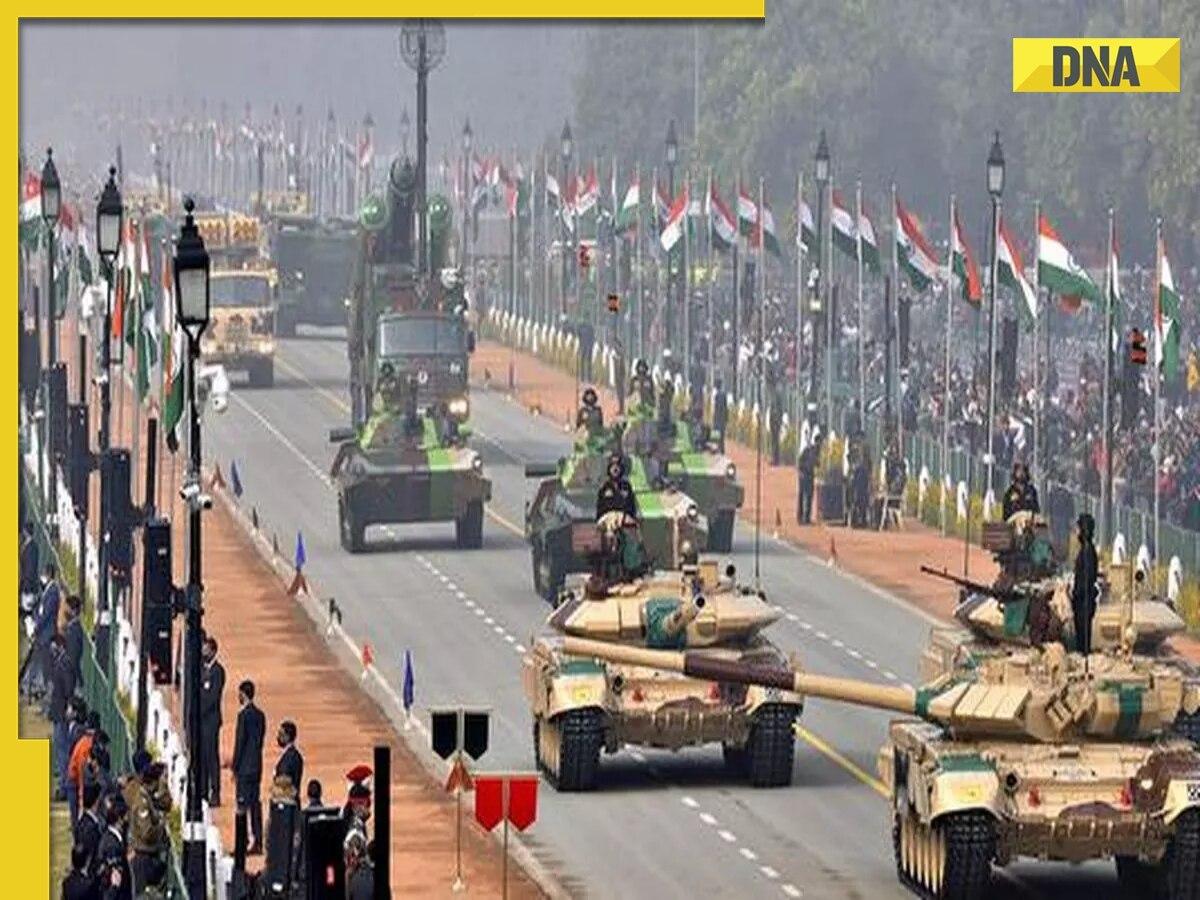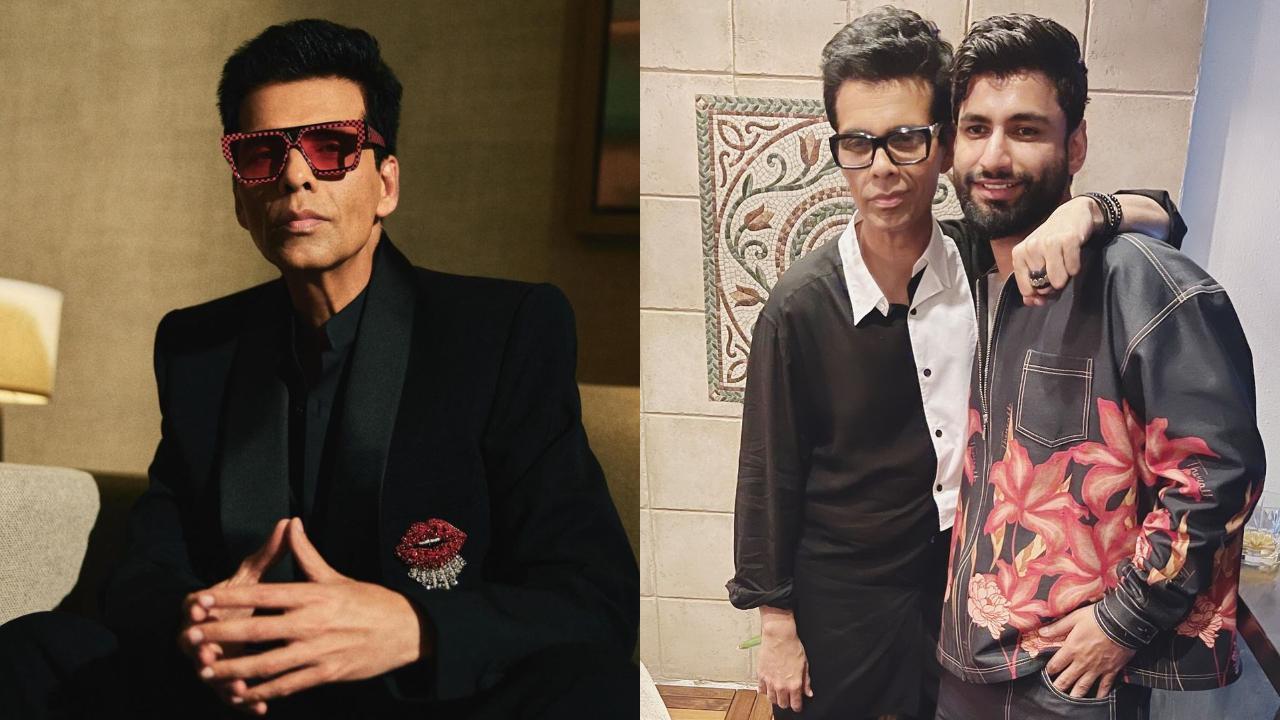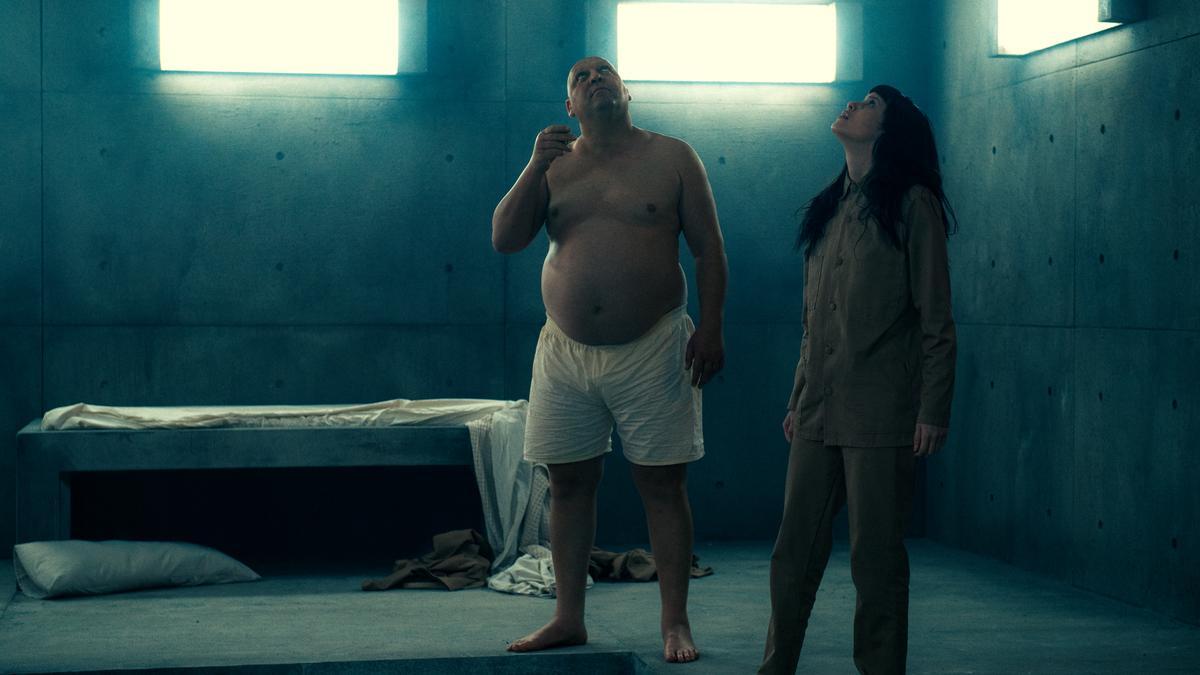
On Saturday (July 6), the Defence Research and Development Organisation (DRDO) and the private company Larsen & Toubro (L&T) revealed the first prototype of the Zorawar light tank. This new addition to India’s armored fleet has successfully undergone rigorous internal testing at L&T’s Hazira facility in Gujarat. Remarkably developed in less than two years, the Zorawar light tank has been specifically designed to operate in high-altitude regions such as Ladakh and Sikkim.
The tanks will be procured under ‘Project Zorawar,’ named in honor of the legendary military general Zorawar Singh, who served under Raja Gulab Singh of Jammu. This new light tank is expected to match the firepower of the existing tanks that are currently in service. The Indian Army has laid out specific requirements for the new tank, stipulating that it should weigh around 25 tons, with an acceptable margin of plus or minus 10%. If the Zorawar passes all its tests, the Indian Army hopes to integrate it into their arsenal by 2027.
The army has ambitious acquisition plans, aiming to procure 350 of these light tanks mainly for use in high-altitude areas like Ladakh and north Sikkim. The necessity for such tanks became evident when China deployed its ZTQ-15 light tank during the Ladakh standoff in 2020. At present, the Indian Army employs T-72 and T-90 tanks in areas such as Demchok and Depsang in Ladakh, where the terrain is conducive to tank warfare. However, due to their weight—each exceeding 40 tons—these heavier tanks are not suitable for high-altitude regions typically over 15,000 feet, where the thin air causes engines to lose power. This situation underscores the advantage that lighter tanks like the ZTQ-15 and the new Zorawar have in such terrains.
Initially, a German engine was chosen to power the Zorawar. However, delays in obtaining the necessary export clearances from Germany caused significant project slowdowns. Although the German government eventually approved the export, it was too late to expedite the project. Consequently, the Zorawar was developed with an engine from Cummins, which has also agreed to assemble the engine domestically in India, as per reports from The Hindu. Meanwhile, the DRDO has initiated a project to develop a new power pack for the light tank, alongside efforts to create a 1400 HP engine for the Arjun Mk1A main battle tank.
. To further this indigenous development, the DRDO has partnered with L&T, collaborating with numerous micro, small, and medium enterprises for various subsystem developments.
During the 2020 standoff in eastern Ladakh, following the confrontation on the Kailash range near the south bank of the Pangong Tso Lake, both India and China deployed tanks on mountain peaks. These tanks were later withdrawn as part of the disengagement process. According to reports from The Hindu, since 2020, China has stationed its third-generation modern light tank ZTQ-15 (Type 15), the latest ZTL-11 wheeled Armoured Personnel Carriers, and the CSK series of assault vehicles along the line-of-actual control in eastern Ladakh. During this standoff, the Indian Army identified the need for a light tank capable of operating at 15,000 feet, despite initially denying such a requirement.
A critical specification for the light tank is its weight, which must not exceed 25 tons, thus allowing it to be air-transportable. Officials have highlighted that the tank will be capable of firing at high angles and can serve as limited artillery, making it an agile and versatile weapon platform with enhanced tactical and operational mobility. This modular design also allows for future upgrades, according to an informed official.
The Zorawar tank, showcasing its lightweight high-tech combat capabilities, is designed to operate on both land and water. Unlike the heavier T-72 and T-90 tanks, it can easily traverse steep mountain slopes and cross rivers. This makes it exceptionally maneuverable on diverse terrains. Additionally, the army aims for these light tanks to be amphibious, allowing them to be deployed in riverine regions like the Pangong Tso Lake.
In the wake of the Russia-Ukraine conflict, drones and loitering munitions have been integrated into the tank designs. The Zorawar tank is equipped with weapons for both anti-aircraft and ground combat, along with advanced smart munitions and anti-tank guided missiles that can be launched from its gun tube. The tank is also designed to identify enemy targets from long distances, operate effectively at night using thermal imaging, and incorporate stealth features to minimize its visual, sound, heat, and electromagnetic signatures.
Photos released of the tank show it featuring a 105mm turret from the Belgian manufacturer John Cockerill. It is fitted with thermal sights, night-fighting capabilities, and can launch anti-tank guided missiles from its tube.










